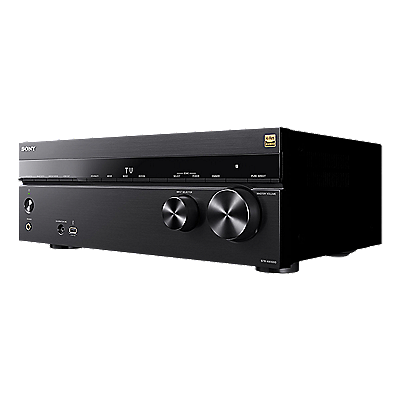The Apodization element (APD) is a type of optical glass, included inside a lens assembly, that reduces the amount of light that passes through a lens's outer perimeter (edges).
Note: The APD element is not available on all lenses. Refer to your lens operation manual for feature details.
-
What is the Apodization element (APD)?
The APD element is situated near the aperture of the lens as a part of the optical glass assembly. This special optical element is a type of Neutral Density filter (reduces the amount of light entering the lens of a camera) which gradually becomes thicker (darker) towards the perimeter, thereby reducing the amount of light that passes through the outer perimeter.
- Example: SEL100F28GM lens

-
What image improvement does the Apodization element offer?
The optical APD element attenuates the edges of images, resulting in exceptionally smooth and beautiful bokeh in background and foreground areas with an absolute minimum of double-edge effects.
- Background bokeh (SEL100F28GM)

Note: When working with a lens that has an APD element, Transmission stop (T-stop) information is often substituted for F-stop information when setting bokeh. Refer to the
What is a T-stop, or Transmission stop? article for more information.
-
How does the Apodization element improve my images?
Defocused images appear as blurred clusters of dots. A lens with well-compensated aberration reproduces the image shape accurately but cannot produce smooth blurs in a defocused area. There may be unpleasant blurs, which, for example, make one line appear to be doubled, depending on the compensation method. The Apodization element provides a gradually diffused image toward the perimeter without losing the core shape.
- Principle of defocusing effect improvement (SEL100F28GM lens)

In summary, the apodization element offers soft and natural defocusing without transforming the original shape unnaturally.
Note: For additional lens compatibility information, such as the type of lenses that are available for your camera and other details, refer to the
Lens Compatibility Information site.























